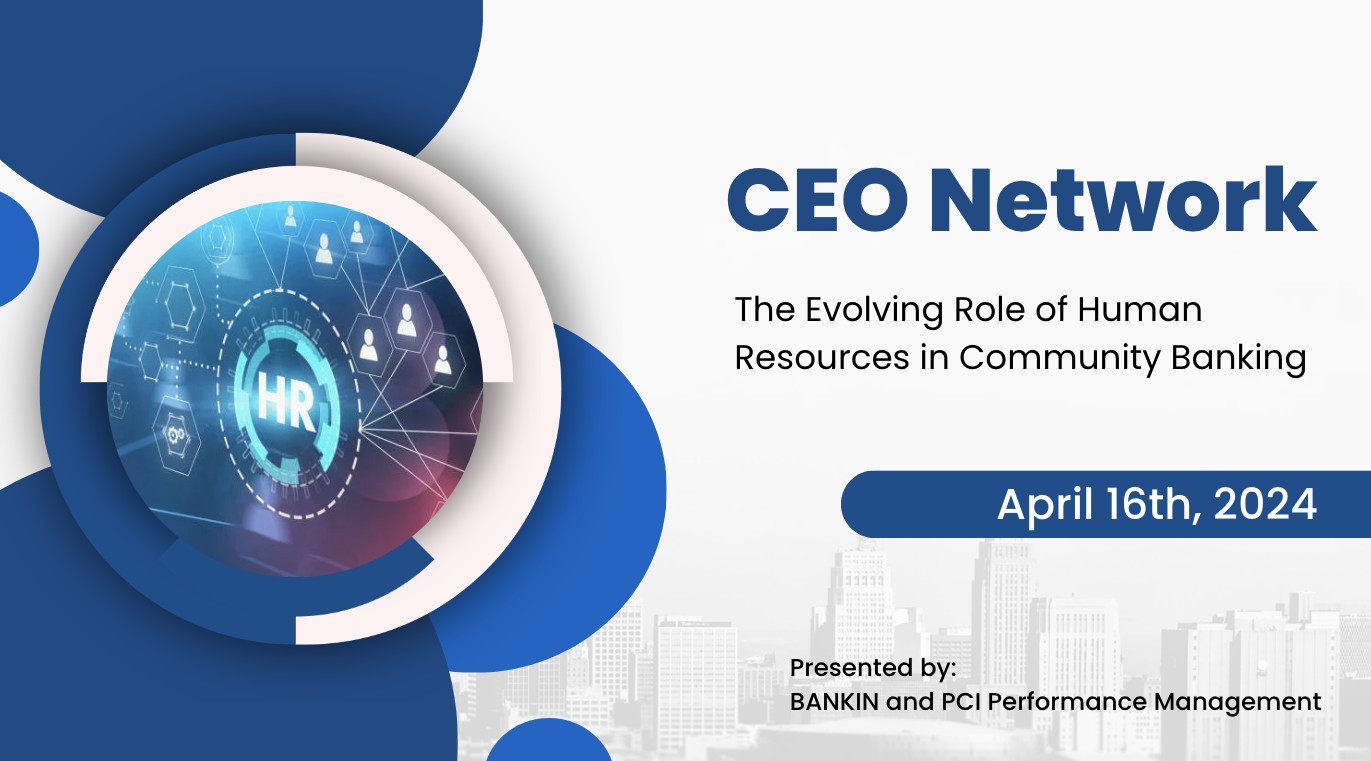
Community banks play a vital role in supporting local economies and providing personalized services to their customers. As technology continues to evolve, leveraging artificial intelligence (AI) in community bank software has become increasingly popular. This article will explore the benefits and drawbacks of integrating AI into community bank software, particularly when it comes to loan risk ratings and enhancing the overall customer experience.
Pros of leveraging AI with community bank core systems and software
1. Improved loan risk ratings:
One of the primary advantages of utilizing AI in community bank software is its ability to enhance loan risk ratings. AI algorithms can analyze vast amounts of data, including customer credit history, financial statements, market trends, and macroeconomic indicators. By leveraging AI, community banks can gain more accurate risk assessments, enabling better decision-making and reducing the likelihood of default.
2. Enhanced efficiency and accuracy:
Integrating AI into community bank software streamlines many manual processes, reducing the risk of human error. AI-powered software can automate tedious tasks such as data entry, document analysis, and transaction verification. By doing so, community banks can free up staff time and reallocate resources to more valuable tasks, ultimately improving efficiency and accuracy.
3. Personalized customer experiences:
AI-powered community bank software enables a more personalized customer experience. By analyzing customer data and patterns, AI algorithms can provide personalized product and service recommendations. This customization can foster stronger customer relationships, increase customer satisfaction, and drive loyalty. Additionally, AI-powered chatbots can provide round-the-clock customer support, resolving queries promptly and efficiently.
Cons and considerations
1. Cost and implementation challenges:
Implementing AI technologies into community bank software may entail a significant upfront investment. Banks must consider the costs involved in acquiring AI-enabled software, training employees, and maintaining the infrastructure required for AI implementation. Additionally, integrating AI into existing systems can be complex and time-consuming, requiring careful planning and expertise.
2. Data privacy and security concerns:
With the extensive use of AI comes the need for handling substantial amounts of customer data. Community banks must prioritize data privacy and security to comply with regulations such as GDPR or CCPA. Maintaining robust cybersecurity measures becomes crucial to protect customer information from potential breaches or misuse.
3. Potential for reduced personal touch:
While AI can enhance customer experiences, some customers may prefer human interaction, especially when dealing with complex financial matters. It is vital for community banks to strike a balance between automation and maintaining personalized services. Offering customers the option to choose between self-service and human-assisted options can help address this concern.
Leveraging AI within community bank software has the potential to transform operations, improve loan risk ratings, and enhance the overall customer experience. By harnessing the power of AI algorithms, community banks can make better-informed decisions, drive efficiency, and provide personalized services to their customers. However, it is essential to carefully weigh the pros and cons, considering factors such as cost, implementation challenges, and the continued need for a human touch. With proper planning and execution, the synergy between AI and community bank software can pave the way for a brighter future in the banking industry.












